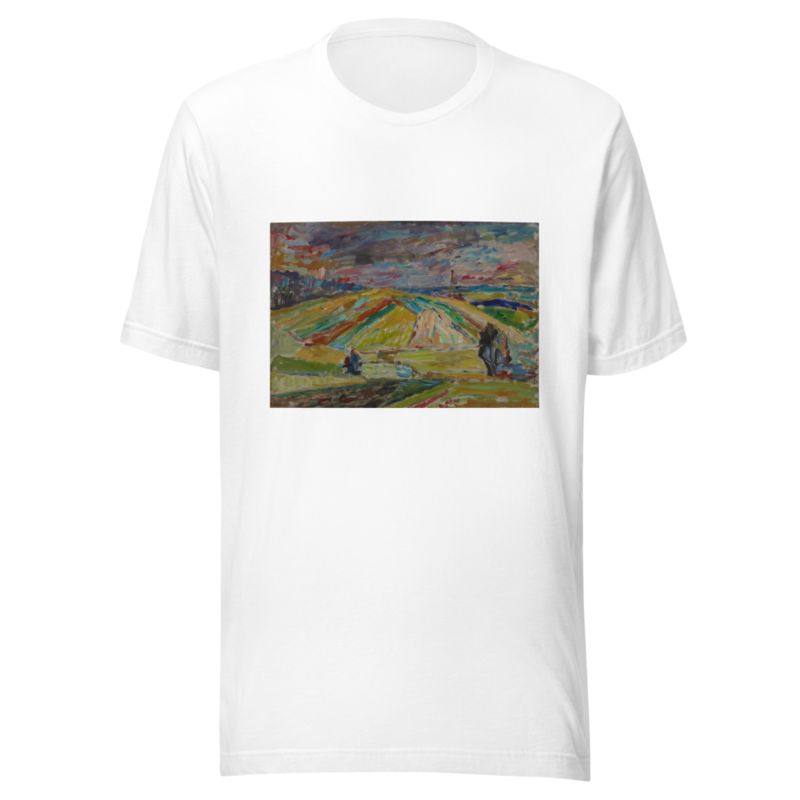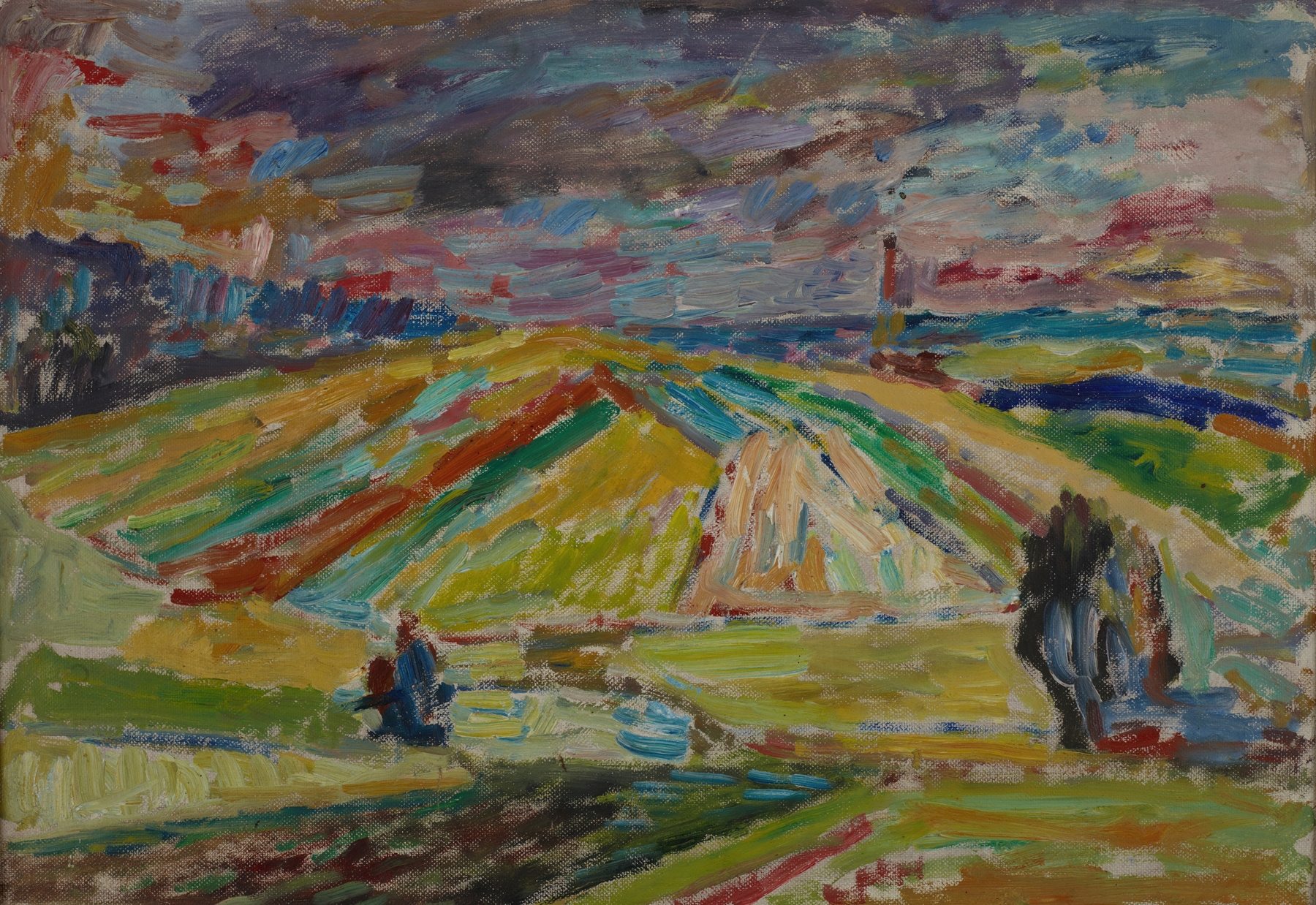Description
Landscape with a Patchwork of Fields by Sasza Blonder printed on a T-Shirt
About the T-Shirt
Regular fit
Standard length, the fabric easily gives into movement
Casual wear
A classic, everyday option loved by our customers
Side-seamed
Constructed by sewing two parts together, creating a fitted look
The Unisex Staple T-Shirt feels soft and light with just the right amount of stretch. It’s comfortable and flattering for all. We can’t compliment this shirt enough–it’s one of our crowd favorites, and it’s sure to be your next favorite too!
- Solid colors are 100% Airlume combed and ring-spun cotton
- Ash color is 99% combed and ring-spun cotton, 1% polyester
- Heather colors are 52% combed and ring-spun cotton, 48% polyester
- Athletic and Black Heather are 90% combed and ring-spun cotton, 10% polyester
- Heather Prism colors are 99% combed and ring-spun cotton, 1% polyester
- Fabric weight: 4.2 oz./yd.² (142 g/m²)
- Pre-shrunk fabric
- 30 singles
- Side-seamed construction
- Tear-away label
- Shoulder-to-shoulder taping
- Blank product sourced from Nicaragua, Mexico, Honduras, or the US
Sasza Blonder (1909-1949)
Aleksander (Sasza) Blonder was a Polish painter of Jewish origin .
He went to Paris for the first time in 1926. He studied architecture in 1930–1932 at the École nationale supérieure des beaux-arts in Paris and studied painting at the Academy of Fine Arts in Kraków from 1932 to 1936 with Teodor Axentowicz , Władysław Jarocki and Fryderyk Pautsch.
In Krakow, he founded the art group “Alive People” with some friends. He then joined H. Wicinski, M. Jarema, J. Stern and L. Levicki in an avant-garde group of artists called “The Krakow Group”. Their first exhibition took place in Lvov in 1933.
He joined the union of Polish artists and writers (“ZZPAP”) before being expelled in 1937 on the grounds of political activism. In 1935 he worked in Bielsk’s Jewish theatre for children where he did stage work and props.
In 1937 he founded his own studio in Paris and took the pseudonym André Blondel. He participated in the 1937 World Exposition. In 1939 he was called up to the Polish army in France. Released from service in 1940, He set up home in Carcassone in the South of France and went through an intense period of creativity, when he met a lot of artists and intellectuals.
He made three portraits of Joë Bousquet during this time. Savy and Cambreroque, young painters from Caracassonne, and Montpellier-based Peyré, came to him for advice.
He made several trips to Perpignan and Collioure where he met André Libion, Balbino Giner and other Catalan painters. During his stay, he saw Raoul Duffy who purchased three of his paintings.
He died accidentally on June 14th 1949 in Paris. He left more than 700 oil paintings behind and as many drawings.






Reviews
There are no reviews yet.